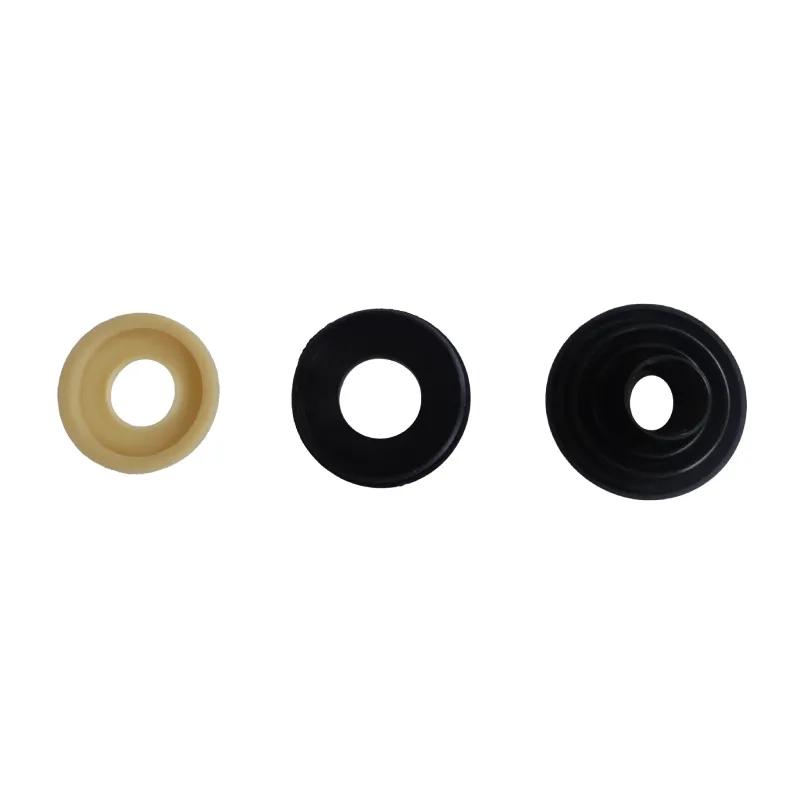 Afrikaans
Afrikaans  Albanian
Albanian  Amharic
Amharic  Arabic
Arabic  Armenian
Armenian  Azerbaijani
Azerbaijani  Basque
Basque  Belarusian
Belarusian  Bengali
Bengali  Bosnian
Bosnian  Bulgarian
Bulgarian  Catalan
Catalan  Cebuano
Cebuano  Corsican
Corsican  Croatian
Croatian  Czech
Czech  Danish
Danish  Dutch
Dutch  English
English  Esperanto
Esperanto  Estonian
Estonian  Finnish
Finnish  French
French  Frisian
Frisian  Galician
Galician  Georgian
Georgian  German
German  Greek
Greek  Gujarati
Gujarati  Haitian Creole
Haitian Creole  hausa
hausa  hawaiian
hawaiian  Hebrew
Hebrew  Hindi
Hindi  Miao
Miao  Hungarian
Hungarian  Icelandic
Icelandic  igbo
igbo  Indonesian
Indonesian  irish
irish  Italian
Italian  Japanese
Japanese  Javanese
Javanese  Kannada
Kannada  kazakh
kazakh  Khmer
Khmer  Rwandese
Rwandese  Korean
Korean  Kurdish
Kurdish  Kyrgyz
Kyrgyz  Lao
Lao  Latin
Latin  Latvian
Latvian  Lithuanian
Lithuanian  Luxembourgish
Luxembourgish  Macedonian
Macedonian  Malgashi
Malgashi  Malay
Malay  Malayalam
Malayalam  Maltese
Maltese  Maori
Maori  Marathi
Marathi  Mongolian
Mongolian  Myanmar
Myanmar  Nepali
Nepali  Norwegian
Norwegian  Norwegian
Norwegian  Occitan
Occitan  Pashto
Pashto  Persian
Persian  Polish
Polish  Portuguese
Portuguese  Punjabi
Punjabi  Romanian
Romanian  Russian
Russian  Samoan
Samoan  Scottish Gaelic
Scottish Gaelic  Serbian
Serbian  Sesotho
Sesotho  Shona
Shona  Sindhi
Sindhi  Sinhala
Sinhala  Slovak
Slovak  Slovenian
Slovenian  Somali
Somali  Spanish
Spanish  Sundanese
Sundanese  Swahili
Swahili  Swedish
Swedish  Tagalog
Tagalog  Tajik
Tajik  Tamil
Tamil  Tatar
Tatar  Telugu
Telugu  Thai
Thai  Turkish
Turkish  Turkmen
Turkmen  Ukrainian
Ukrainian  Urdu
Urdu  Uighur
Uighur  Uzbek
Uzbek  Vietnamese
Vietnamese  Welsh
Welsh  Bantu
Bantu  Yiddish
Yiddish  Yoruba
Yoruba  Zulu
Zulu Types of Pulleys in Belt Conveyors | Comprehensive Guide
Types of Pulleys in Belt Conveyors
Belt conveyors are integral components in various industries, particularly in manufacturing, warehousing, and logistics. They serve the essential function of moving materials from one point to another efficiently. A crucial element of any belt conveyor system is the pulley, which plays a significant role in controlling the movement of the belt. There are several types of pulleys utilized in belt conveyors, each serving specific functions and purposes.
1. Drive Pulley
The drive pulley, often located at the head end of the conveyor system, is responsible for propelling the belt forward. It is typically powered by an electric motor connected through belts or chains. The surface of the drive pulley is usually coated with rubber or another high-friction material to ensure a solid grip on the conveyor belt, which prevents slippage and ensures smooth operation. The design of drive pulleys can vary, with crowned pulleys being common, as this shape helps in properly aligning the belt during operation.
2. Idler Pulley
Idler pulleys are essential for supporting the conveyor belt as it travels around the system. Unlike the drive pulley, idler pulleys do not provide power but ensure that the belt maintains proper tension and alignment. These pulleys facilitate the movement of the belt along its path and help minimize sagging, which can affect performance and increase wear on the belt. Idlers can come in many styles, including flat, rubber, or trough-shaped, depending on the application's specific requirements.
3. Snub Pulley
types of pulleys in belt conveyor

Snub pulleys play a critical role in increasing the wrap angle of the drive pulley. This increased contact area enhances the belt's friction against the drive pulley, ensuring that the belt maintains its speed even under heavy loads. Snub pulleys are often used in conjunction with other pulleys to fine-tune the conveyor system's performance and are especially useful in situations where the belt experiences high tension or elevation changes.
4. Tail Pulley
The tail pulley is located at the opposite end of the drive pulley and serves multiple functions. It helps in redirecting the belt back to the drive pulley after it has completed its travel along the conveyor path. Tail pulleys can also serve as a tensioning device for the belt, ensuring that it maintains the proper tension to prevent slippage or damage. Like drive pulleys, tail pulleys are generally covered with rubber to provide adequate grip and reduce wear.
5. Take-Up Pulley
Take-up pulleys are crucial for maintaining belt tension. They are adjustable, allowing for the monitoring and regulation of the belt's tension over time. Proper tensioning is essential for the longevity of the belt and the overall efficiency of the conveyor system. Without proper tension, the belt could experience excessive wear or even failure, leading to costly downtime and maintenance.
Conclusion
In summary, pulleys are vital components of a belt conveyor system, each type serving a specific purpose to enhance the efficiency and reliability of material handling. From drive pulleys that propel the belt to idler and take-up pulleys that ensure proper tension and support, understanding these components is essential for designing and maintaining effective conveyor systems. A well-integrated pulley system not only ensures optimal performance but also extends the life of the conveyor belt, ultimately contributing to improved productivity in various industrial applications.
-
Revolutionizing Conveyor Reliability with Advanced Rubber Lagging PulleysNewsJul.22,2025
-
Powering Precision and Durability with Expert Manufacturers of Conveyor ComponentsNewsJul.22,2025
-
Optimizing Conveyor Systems with Advanced Conveyor AccessoriesNewsJul.22,2025
-
Maximize Conveyor Efficiency with Quality Conveyor Idler PulleysNewsJul.22,2025
-
Future-Proof Your Conveyor System with High-Performance Polyurethane RollerNewsJul.22,2025
-
Driving Efficiency Forward with Quality Idlers and RollersNewsJul.22,2025





























